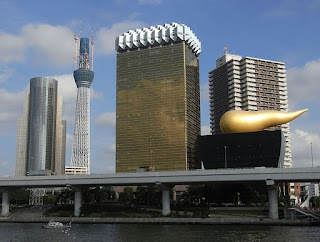Our last day in Tokyo was warm and sunny so we visited the Rikugien garden. We then wandered around the Ameyoko street market near Uneo Station, buying very little.
After collecting our bags from the hotel we found the elevator entrance to the subway station. We had to change from one train to another which was waiting at the opposite platform. There was another change of trains but we either got on the wrong train or missed yet another change as we ended up in Yokohama. We realised we were going the wrong way so hopped off and caught the next train headed for the airport. Fortunately it took us directly to the international terminal. There were no English announcements or guides from the time of our third train and we relied on a mapping app to confirm we were finally on the correct train line.
Our Qantas flight was delayed 2 hours due to some "maintenance" requirement. We are now waiting at the domestic terminal for our flight to the Gold Coast.
Japan was a lovely country to visit. We were made to feel welcome and always felt safe. It has so much recorded history and so many beautiful places to enjoy. Hopefully we will catch up with many of you over the next few weeks now we are back home. Sayonara



















































